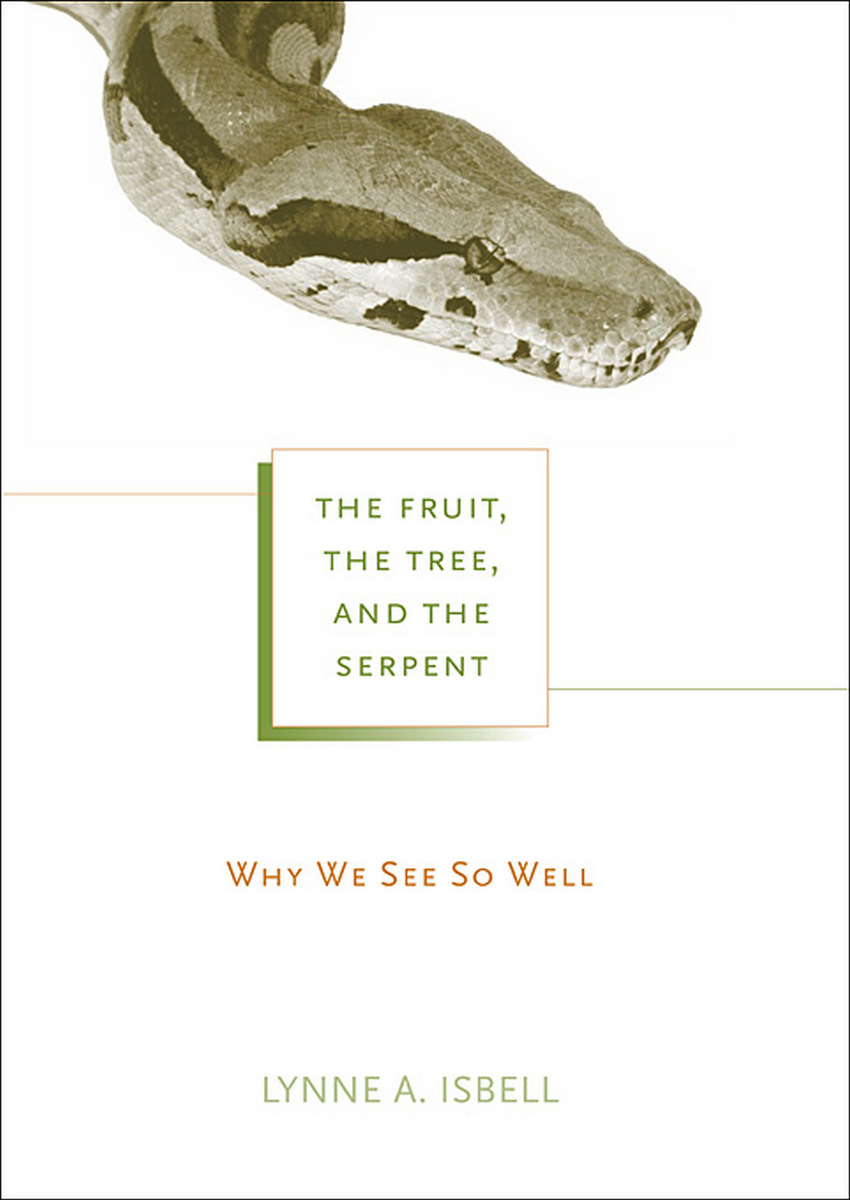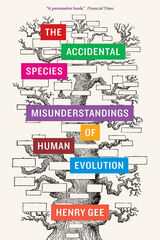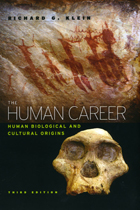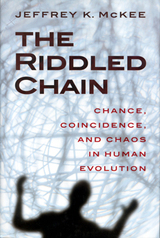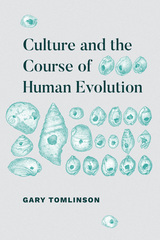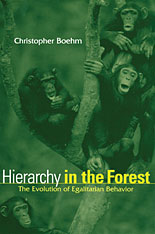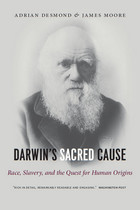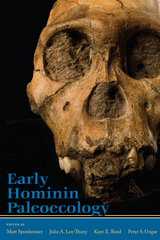This book is an intellectual tour de force that would have pleased Charles Darwin. Isbell presents a well-argued case for the startling thesis that snakes have played a key role in shaping evolution of the primate brain. Her comparative perspective draws on geology, paleontology, biogeography, molecular biology, genetics, biological anthropology, nutrition, neuroscience, and psychology. An engaged, lively, and lucid writer, Isbell makes even complex arguments accessible. Her book should be of great interest to biologists, neuroscientists, psychologists, and anyone who wonders who we humans are.
-- Arne Öhman, Karolinska Institutet
Successful reconstruction of evolutionary history is like the very best detective work. It takes dogged collection of evidence, scientific testing wherever possible and careful application of logic every step of the way. In this presentation of her innovative Snake Detection Theory. Lynne Isbell effectively takes the reader on a voyage of discovery, notching up vital clues along the way. The text stimulating, entertaining and above all instructive—presents the idea that evolution of special features of the visual system in primates was linked to the threat from snakes, which is real only when they are close by. In short, the author traces snake phobia back to early primate origins. The problem is more than theoretical: one estimate gives 150,000 human deaths a year from snakebites, mainly in the tropics. In assembling the evidence, drawing on her extensive experience of studying primates in the field, Isbell covers a great deal of other topics, ranging from continental drift through molecular systematics and on to neurobiology. In passing, she builds in her independent conclusion that primates must have originated far earlier than the known fossil record suggests, leading her to favour the 'Out of India' model of their origins. This proposal is now supported by abundant molecular evidence but still encounters fierce resistance from paleontologists. Isbell's Snake Detection Theory is no less controversial, but she has compiled her case with care. At the very least, primatologists (including myself) will henceforth have to pay more attention to snakes in theory as well as in practice.
-- Robert Martin, Field Museum
The Fruit, the Tree, and the Serpent expertly summarizes everything from reptile evolution and field observations of primates to the biochemistry of vision and the neurobiology of fear. More importantly Lynne Isbell's snake detection theory offers a cohesive explanation for many uniquely primate attributes and even has implications for the origin of language in humans. Her first-rate scholarship will inspire new waves of research in a wide range of disciplines and this reader-friendly book will reward anyone interested in its subjects.
-- Harry W. Greene, Cornell University, author of Snakes: the Evolution of Mystery in Nature
In a wide ranging, scholarly volume that is both provocative and enjoyable, Lynne Isbell develops her novel thesis that exceptional aspects of vision in humans and other primates evolved largely to help detect and avoid venomous snakes. Isbell cites the widespread fear of snakes in humans and other primates as clear evidence that they have been a danger over our evolutionary past. The book takes us on a tour of relevant scientific disciplines as Isbell reveals theories of the selective pressures thought to be important in the evolution of primates, presents the basics of the visual systems of primates, and discusses the impact of snakes and other predators on the primate survival. Isbell argues that differences in the visual systems of primates are at least partly the result of New World monkeys and Madagascar prosimian evolving in landmasses without venomous snakes. While Isbell's proposal is sure to generate some controversy, the scope and depth of her present volume is impressive.
-- Jon Kaas, Vanderbilt University
In The Fruit, the Tree, and the Serpent, Lynne A. Isbell weaves together facts from anthropology, neuroscience, palaeontology, and psychology to explain that our emotional connection to snakes has a long evolutionary history. This history, Isbell says, is responsible not only for snake fear—the serpent in the garden of Eden, the world-creating Rainbow Serpent of Australian aboriginal myth and B-grade cinema fare—but also for our keen primate vision and perhaps even our facility with language… The book is always rewarding… Her snake tales from long years in the bush are informative and often funny. Isbell writes solid evolutionary science and also takes calculated risks.
-- Barbara J. King Times Literary Supplement
The anthropologist and animal behaviorist Lynne Isbell elegantly posits here that the human facility with language evolved largely thanks to snakes. Coolly testing hypotheses and assessing evidence across an impressive range of disciplines—neuroscience, primate behavior, paleogeography, molecular biology, and genetics—she argues that our distant primate relatives developed their exceptional ability to see and identify 'objects that were close by and in front of them' in order to detect and avoid what was almost certainly their most dangerous predator—the snake… And so, Isbell avers, Genesis has it right: the snake made us human. This groundbreaking, intellectually scintillating work is nonfiction at its absolute best. Isbell ranges widely, unpacks her evidence meticulously, synthesizes disparate and difficult material economically, addresses counterarguments scrupulously, and writes cleanly, often gracefully, and occasionally even playfully.
-- The Atlantic
